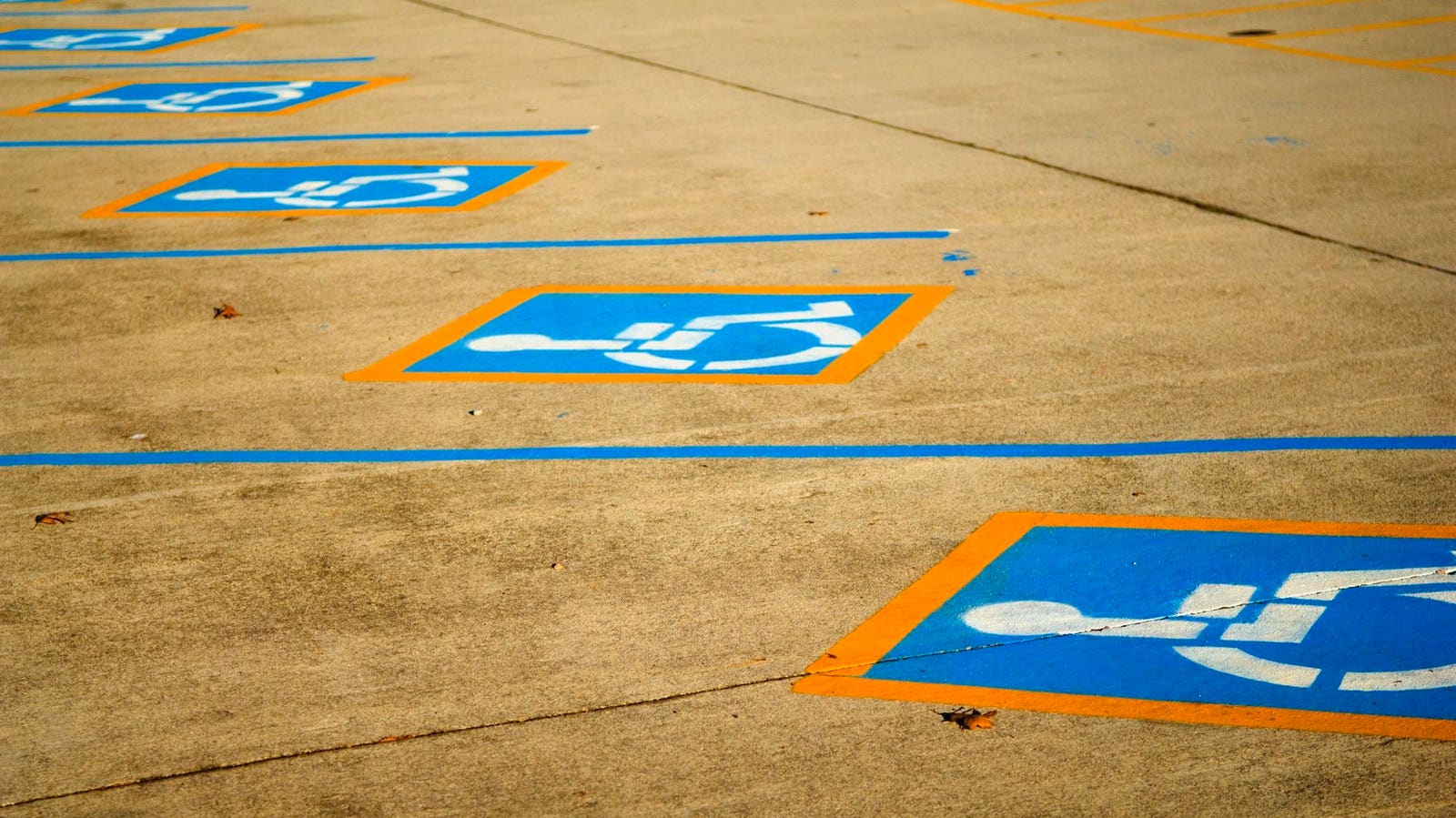Share to Facebook Share to Twitter Share to Linkedin Disability Rights getty Yesterday, July 26, 2024, was the 34th anniversary of the day the Americans with Disabilities Act was signed. The ADA is still the biggest single policy victory in history for disabled Americans. But it can often feel like an exhausted topic – maybe even an exhausted law. As important as it is to this day, the Americans with Disabilities Act is always at risk of being mythologized, sentimentalized, and rendered more bland than revolutionary.
The ADA has always been hard to enforce consistently. So it’s difficult for most disabled people to feel it’s working for them, personally. It’s a relatively easy law to ignore, too. That’s why we sometimes complain about the ADA being “toothless.” And it hasn’t resulted in highly visible improvements in life and economic prospects for disabled people. We still regularly encounter physical barriers in our communities. And employment rates for people with disabilities, though improved in recent years, are still vastly below rates for non-disabled people. You have to be close to disability issues and have a keen sense of historical perspective to see what has improved under the ADA. Maybe the law’s value has always been more educational, aspirational. The ADA is something we feel, remember, and rally around. Its standards give shape to our idea of practical disability awareness. Even its gaps and weaknesses help us focus on what we as disabled people and allies still need to achieve. The ADA now qualifies as an old law, with a subtle record of change and seemingly little more to accomplish. But 34 years later, here are three things we can still learn from the Americans with Disabilities Act:
-
The reservoir of fairness towards disabled people is broad, but shallow. Accessibility is now an accepted requirement and priority in commercial and civic construction. People generally expect there to be ramps and elevators where there are stairs, wide, easy to open doors on stores, and accessible parking spaces at offices and major retail outlets. If anything, both disabled and non-disabled people tend to take accessibility of restaurants, stores, and public buildings too much for granted. We can often be too shocked to discover that our neighborhoods aren’t always as accessible as they should be. That’s a sign of real progress, but also of naivete. When accessibility becomes even slightly inconvenient or expensive, people can turn against it, and fast. Lawsuits for accessibility failures are still widely despised, often ridiculed. And businesses and politicians that rail against regulations of any kind still regularly target the ADA to be weakened or even repealed. Likewise, few people openly argue anymore that a wheelchair user, blind or deaf person should be automatically ruled out for a standard office job, or for a good many blue collar or service jobs either. On the other hand, many of the same people who reject formal, wholesale disability discrimination seem to feel little contradiction in complaining about reasonable accommodations provided to disabled employees in their own workplaces. Certain kinds of disabilities are still wrongly viewed as disqualifying for anything but the most menial jobs. And previously successful, respected employees can find their worth and competence questioned in a moment if they display any signs of new chronic illness, mental health struggles, or physical impairment.
-
Accessibility and equal opportunity are now widely accepted as being necessary, not just nice. That’s thanks in large part to the ADA. But looking around today, we are reminded that this instinctive belief in fairness for disabled people still isn’t very deep or resilient. The ADA is important. But it has limits.
-
People still don’t fully understand key ADA concepts like “accessible” and “reasonable accommodations.” Accessibility itself is still widely misunderstood. Businesses tend to treat the ADA’s accessibility guidelines as the highest standard of accessibility, rather than the bare minimum they were designed to be. And people still mostly think of wheelchair accessibility, leaving sensory, communication, and cognitive disabilities neglected, or even forgotten. “Reasonable accommodation” is even more misunderstood and overlooked. Larger company management may understand the basics and procedures of reasonable accommodations. It’s part of their job. But disabled employees often find that their coworkers don’t understand workplace accommodations, and still regard them as special favors or unfair perks. And sadly, a process that was originally intended to be an open, honest, collaborative conversation between employers and disabled employees – about practical and enabling accommodations – has evolved with most employers into just another restrictive, exhausting, humiliating bureaucracy. It’s never too late or too soon to revisit some of the fundamentals of the Americans with Disabilities Act. It’s a living law. There’s plenty of room in 2024 to return to a more humane, cooperative, and generous ethic of welcoming disabled people, as customers, employees, and fellow Americans.
Diverse disability coalitions around unifying goals are possible and powerful, but rare





